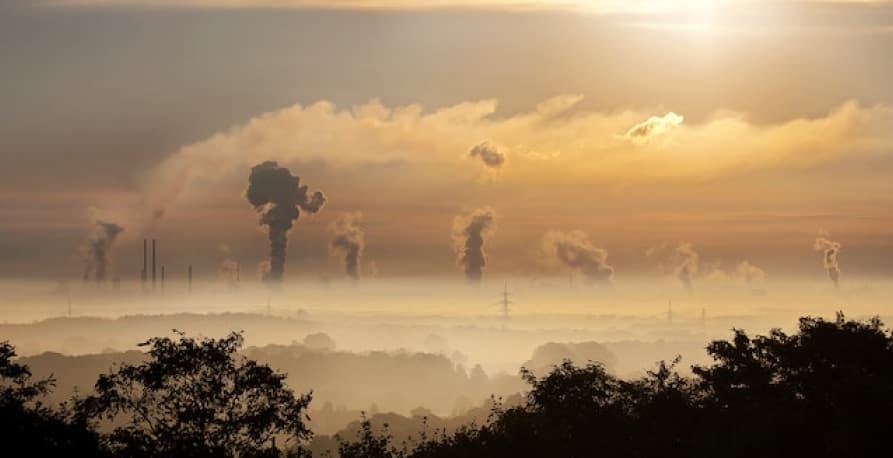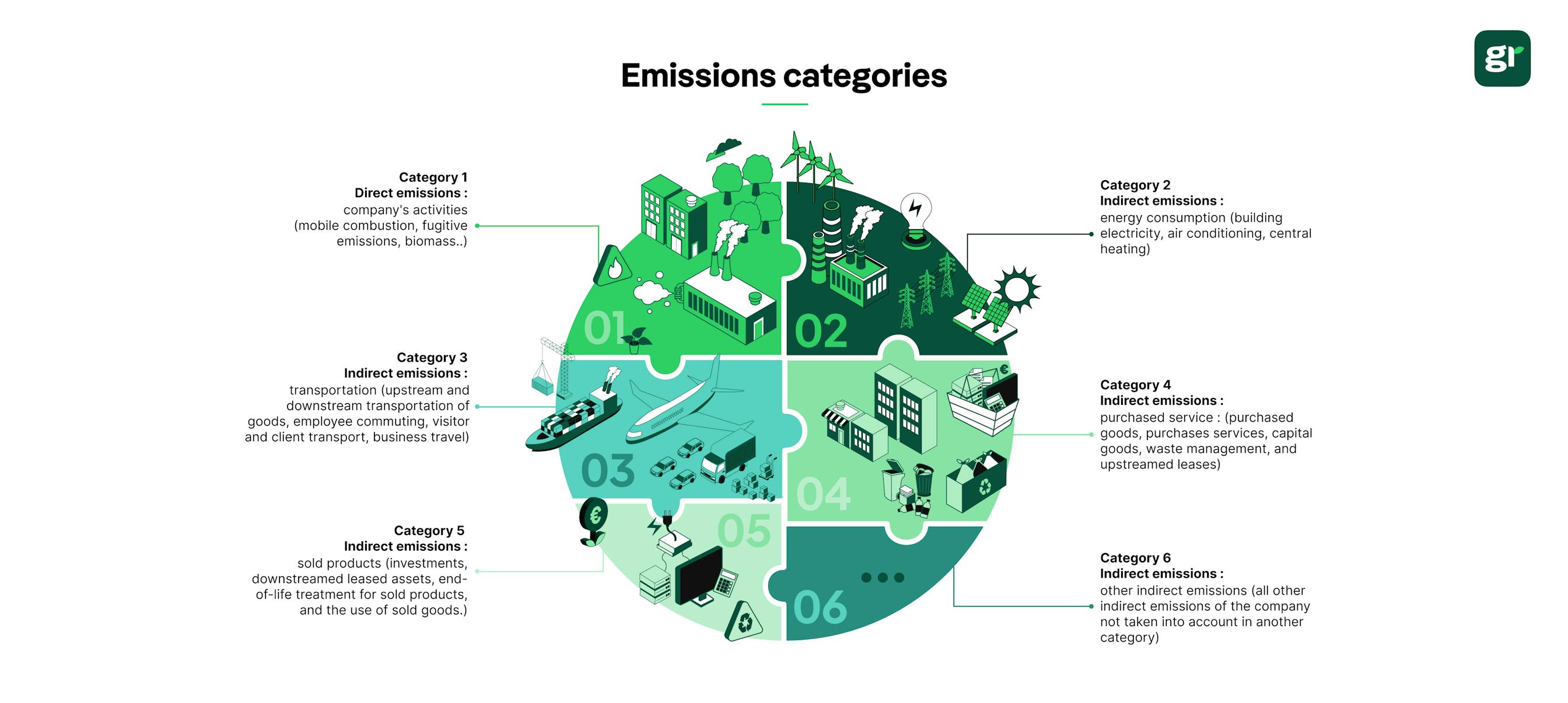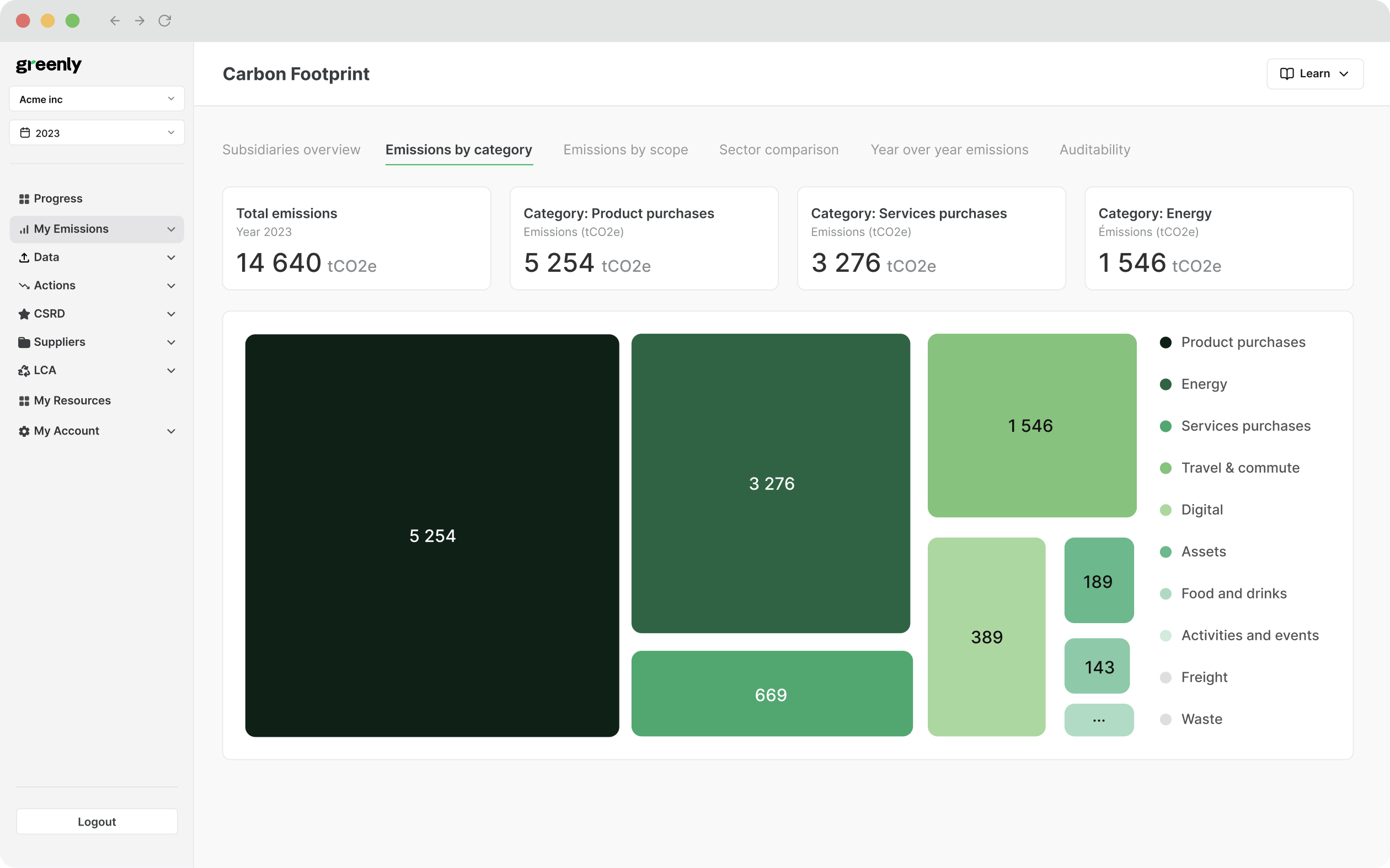
What are the 3 Pillars of Corporate Sustainability?
In this article, we'll explore what the 3 pillars of corporate responsibility are, why they're important, and how businesses can turn them into practical action.
ESG / CSR
Industries



A breakdown in the differences and similarities between insetting and offsetting
Why insetting and offsetting is important in the midst of the global push for greater sustainability
How to determine if insetting or offsetting is right for your company
Every business is seeking new ways to try and reduce their emissions, transition to sustainability, or transition to net-zero emissions by 2050 – but the way every company gets there is different, with some of them relying on carbon credits or carbon offsetting projects to reduce external emissions and counteract their own carbon footprint. Carbon offsetting is talked about often, but what about carbon insetting? How are carbon insetting and offsetting different from one another, and could carbon insetting be an overlooked method that could help a company to reduce their emissions and overall carbon footprint?

Insetting, otherwise known as carbon insetting, is when a company refers to offsetting their emissions with a carbon offset project that comes from their own value chain. In comparison to a usual carbon offset project where the project helps to reduce or mitigate emissions externally, carbon insetting allows a company to reduce emissions within their own value chain.
When beginning to commit to carbon insetting, companies look to see which measures should be implemented to reduce their internal emissions. Insetting is one of the best ways companies can help to fight against climate change, as it often forces them to seek third party assistance with the use of a carbon accounting software to determine their scope 1, scope 2, and most importantly – scope 3 emissions.
The use of carbon insetting usually helps to develop a better and more efficient supply chain, as it forces a company to reduce emissions internally throughout their own business activities.
The timeline below will reveal how carbon insetting works:
The company begins by measuring its carbon footprint across all operations — from production to logistics — to identify key emission sources.
Next, internal opportunities for emission reduction are identified — such as improving energy efficiency, switching to renewables, or reducing waste.
The business then creates or supports carbon projects within its own value chain, like regenerative agriculture, reforestation, or renewable energy initiatives.
Projects are implemented with clear monitoring systems to track carbon reductions or removals, ensuring transparency and measurable results.
Independent verification ensures that insetting outcomes are accurate and compliant with recognised carbon accounting standards.
Finally, the company shares its verified results with stakeholders, showcasing authentic sustainability efforts and progress toward net-zero goals.
Examples of carbon insetting could include a hotel planting trees in their outdoor areas, or a restaurant growing their own herbs to prevent the need to source or transport herbs or produce that aren’t local, as transporting goods like these usually pollutes the environment. Basically, carbon insetting is a way of reducing the need to produce excessive amounts of carbon dioxide by decreasing the dependency on a company’s initial suppliers.
Insetting projects are categorised as either upstream or downstream in an organisation or business’s value chain. However, in order to fully understand offsetting – it’s first crucial to understand several other terms in the carbon accounting world: supply chain, value chain, and the difference between upstream and downstream within supply chains.
A supply chain is a collection of processes that help create, distribute, and sell a product. A supply chain always starts with the suppliers which provide the materials necessary to manufacture and sell the product in the first place.
These raw materials are turned into desirable products, which are then taken to a setting where they can be sold to a customer. Examples of these settings could include wholesales, retailers, and online shopping. In short, the responsibilities of a supply chain are to monitor this entire process by planning, sourcing these raw materials, manufacturing the product, selling and delivering them to customers, and handling potential returns.
The overview cards below will reveal various examples of supply chains:
Plan, source raw materials, produce goods, and move them to regional warehouses for distribution.
Products are manufactured, shipped to stores, stocked on shelves, and sold directly to customers.
Large quantities are purchased from producers, stored, then resold to smaller retailers or businesses.
Goods are ordered online, picked from fulfillment centers, and delivered to customers’ doors.
Transportation partners move products between suppliers, warehouses, and final sales points.
Handles returns, repairs, or recycling of products after purchase to close the loop.
A good supply chain management seeks to make sure every step of the creation of a product goes smoothly; from creation to potential profit. This helps to build trust with their customers, and ultimately – increase business revenue. Simultaneously, a supply chain should work to ensure that any measures to reduce operational costs are taken without forsaking potential revenue.
Within most supply chain management systems, the supply chain gets divided into two separate parts: known as upstream and downstream in a supply chain. Upstream in a supply chain refers to all activities that are in conjunction with the company’s suppliers, whereas downstream in a supply chain are all the activities that occur after the manufacturing of the product – such as delivering the product to the customer or what is done with the packaging of the product after it has been delivered and used.
It can often prove difficult to balance supply and demand and ensure a fully functioning supply chain, which is the exact reason why so many companies often refer to carbon offsetting instead of carbon insetting.

Carbon offsetting is much more widely known, and used, than carbon insetting is. Carbon offsetting is when a company or individual financially contributes to a third party or organisation in order to create a positive environmental impact that will counteract their own internal carbon emissions.
Think of offsetting like someone who just ate too much candy on Halloween. In order to counteract the excessive sugar consumption, they go to the gym for several hours more than they usually would in order to compensate for the unusual amount of calories and junkfood that they ate the night before. Going to the gym doesn’t mitigate the initial problem of them eating too much candy the night before, but the individual is trying to take corrective action to course correct after doing the less-than-optimal thing for their body.
Carbon offsetting and carbon offset projects work in the exact same way. Instead of a company seeking to change their own business model to adapt to the climate change reduction measures necessary to reduce emissions, companies seek places where they can reduce emissions elsewhere so that they don’t have to alter their production line. Common carbon offsetting projects include reforestation or programs that seek to harvest and implement renewable energy.
When it comes to carbon offsetting and carbon insetting, what is the primary difference between the two?

In the midst of the global fight against climate change, it can be hard to keep track of the different tactics companies and individuals use to reduce their carbon footprint – let alone, which ones are the most efficacious.
The main difference between carbon insetting and carbon offsetting is that carbon insetting refers to implementing methods to reduce emissions internally, whereas carbon offsetting is when a company seeks to reduce emissions external in order to compensate for their own excessive emissions. Ultimately, both carbon insetting and carbon offsetting serve as viable methods to fight against climate change and reduce emissions.
The battle cards below will further depict the differences between insetting and offsetting:
At the end of the day, carbon offsetting and carbon insetting are both two sustainable measures that companies can take to reduce their overall carbon emissions.
However, carbon insetting and carbon offsetting are best when used together in order to reduce the most emissions possible – both inside and outside of a company, as it’s now next to impossible to combat climate change unless companies take action to commit to both insetting and offsetting.


Both carbon insetting and offsetting are ways that companies can reduce their emissions and fight against climate change, but both present their downsides and upsides.
Carbon offset projects in general, are solely a volunteer effort on behalf of a company. Think of carbon offsetting projects like charity: although it isn’t directly benefiting the company – it’s making the company feel better about their own emissions by “giving back” to organisations that don’t have the funds to achieve their own environmental or emission reduction goals otherwise. While this is inherently beneficial for the company on the receiving end of the carbon offset project, it doesn’t do anything to adjust the root of the problem for the company contributing to the carbon offset project. Carbon inset projects, on the other hand, are ideas created specifically to reduce emissions throughout a company’s own supply chain.
The overarching benefit of carbon insetting is that it's a personalised effort to alter an individual company's business practices throughout the entire supply management chain. This reveals a downside to carbon offsetting, as it is usually a financial contribution that doesn’t include a personal relationship or effort between the two parties to reduce emissions.
The pro and con chart will reveal the benefits and drawbacks of each carbon offsetting and insetting:
Carbon offsetting generally meets standard criteria for reducing emissions, whereas carbon insetting is more precise and could prove more efficacious in reducing emissions in the long-term. Carbon offsetting is more convenient, and while it does help to combat climate change – it doesn’t benefit a company’s supply chain the way that carbon insetting does.
Carbon offsetting is more focused on compensating for carbon dioxide emissions already emitted, whereas carbon insetting is garnered towards a company reducing their internal carbon emissions. Therefore, it can be said that insetting is more beneficial to both the planet and a company in the long run – as it reduces the need to purchase carbon credits or invest in carbon offsetting projects in the first place.
Overall, the benefits of carbon offsetting are that they help both direct and indirect carbon emissions, can be easily purchased, and can help to increase the use of renewable energy and improve energy efficiency. However, the biggest problem with carbon offsetting is that it can make wealthier countries or companies feel that they can emit as much carbon dioxide as they want, and that as long as it gets offset – the environment won’t be harmed, although this isn’t the case. Carbon dioxide already produced and emitted into the atmosphere will already continue to pollute the planet no matter how many carbon offsetting projects a company or individual invests in.
Is the convenience of carbon offsetting the exact reason why companies don’t implement carbon insetting as often as they should?

Carbon insetting requires more precautionary measures and planning than carbon offsetting does. An analogy to understand why carbon offsetting is more common than carbon insetting is to think of someone packing their suitcase for vacation. In order to be proactive, the traveler could pack extra clothes or toiletries to be sure that they don’t have to buy anything whilst traveling. However, there are also the type of travelers that pack the bare minimum – and resort to buying a sweater or new pair of shoes if necessary; a reactive approach to packing for a trip.
Carbon insetting is the traveler that packs more than may be necessary, and carbon offsetting is the traveler who is ready to buy the things they forgot to pack. Ultimately, carbon insetting can help improve the surrounding community and ecosystem of a business through a more personalised approach. Companies that are serious about carbon insetting will often seek to install a carbon capture and storage system – which can help to reduce a companies emissions at the source.
It always takes more effort to be proactive than it does to be reactive, and that’s the main reason why so many companies resort to the use of carbon offsetting instead of carbon insetting.
If a company is serious about reducing their overall carbon footprint and achieving net-zero emissions, the truth is – they should be doing both carbon offsetting and carbon insetting. This way, a company works to reduce their internal emissions, improves the overall efficiency of their supply chain, and tackles both direct and indirect emissions through their contributions to carbon offsetting projects.
Both insetting and offsetting are beneficial, but in order to combat climate change to the best of our abilities – all measures possible should be taken. Carbon insetting can help your company reduce their own emissions, and carbon offsetting can allow a company to lend their helping hand to the world – turning thumbs green on every corner.

If reading this article about the difference between insetting and offsetting has made you interested in reducing your carbon emissions to further fight against climate change – Greenly can help you!
Greenly can help you make an environmental change for the better, starting with a carbon footprint assessment to know how much carbon emissions your company produces.
Click here to learn more about Greenly and how we can help you reduce your carbon footprint.
